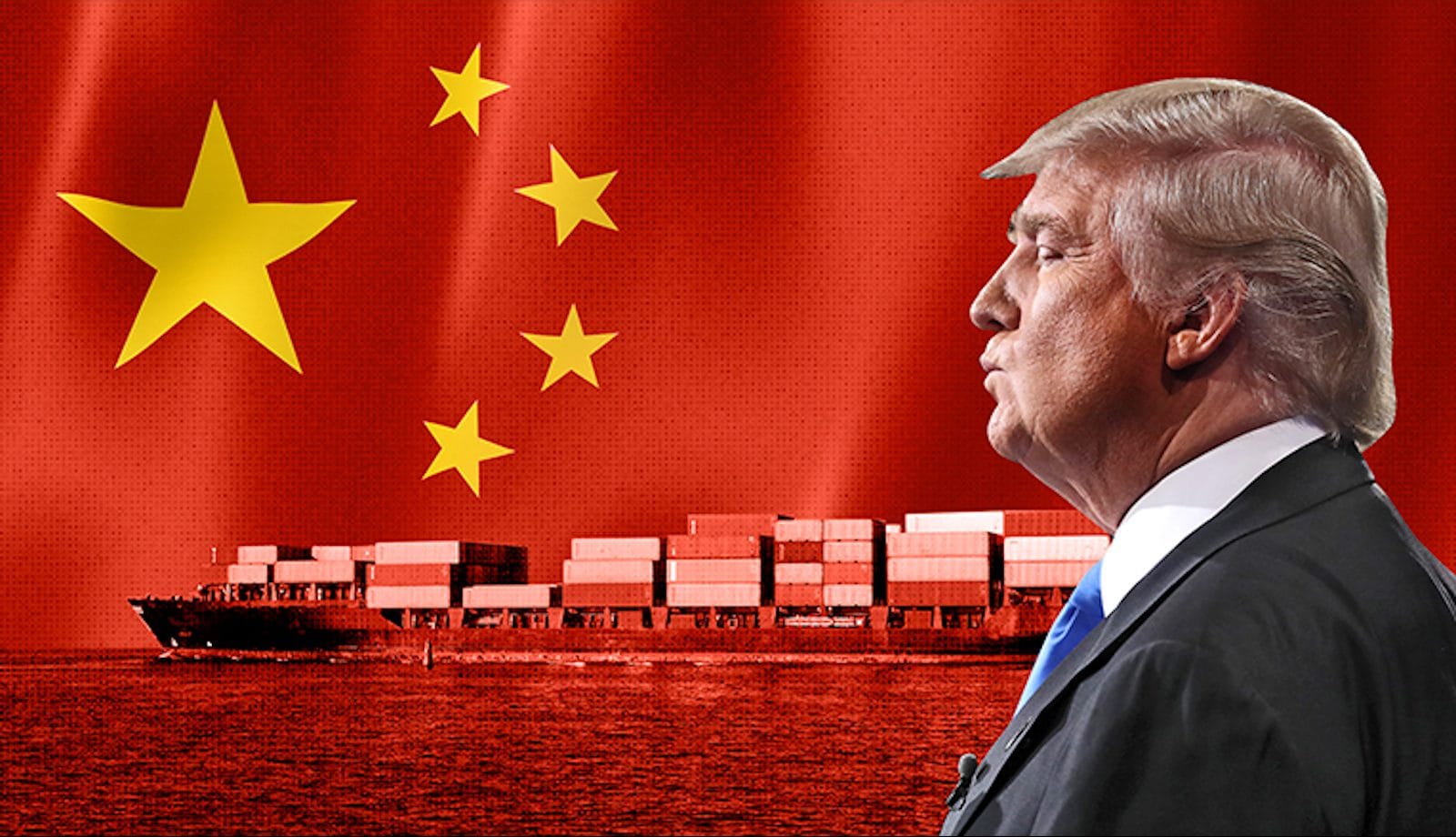China’s Retailatory Tariffs Rattle Global Markets as Bitcoin Slides to $82K

Global financial markets faced a jolt this week as China responded to escalating trade tensions with a hefty 34% tariff on U.S. goods, a move that sent ripples through Wall Street and the crypto space.
Bitcoin, which had clawed its way above $84,000 just a day prior, felt the pressure as Nasdaq futures took a deeper dive. By early trading, the leading cryptocurrency slipped from $84,600 to $82,100, a dip that analysts suggest could have been steeper if not for the market’s growing acceptance of trade war realities. Investors, it seems, have been bracing for this moment since uncertainty often weighs heavier than the event itself.
The tariff saga intensified following President Trump’s inauguration on January 20, when fears of a global trade war began to take root. Those concerns triggered a sharp decline in investor confidence, pulling Bitcoin down from its all-time high of over $109,000 to below $80,000 last month. This week’s developments mark a new chapter, with Trump imposing substantial tariffs on 180 nations, hitting China, the European Union, and Southeast Asia particularly hard. U.S. tariffs now surpass the 20% benchmark established by the infamous Smoot-Hawley Act of the 1930s, a historical reference point that underscores the gravity of the situation.
Stay In The Loop and Never Miss Important Bitcoin and Crypto News
Sign up and be the first to know when we publishA Shift in Market Dynamics
Despite the initial turbulence, some market watchers see a silver lining. The unveiling of these tariffs may signal the end of prolonged uncertainty, potentially paving the way for renewed investor confidence.
Global bond yields have already begun to reflect this shift, dropping noticeably in recent days. The U.S. 10-year bond yield fell below 4% for the first time since October, while rates in the United Kingdom, Germany, and Japan followed suit with significant declines. This unexpected trend challenges the prevailing narrative that tariffs would usher in stagflation, a scenario marked by rising prices and sluggish growth that could force the Federal Reserve to maintain elevated interest rates.
Lower bond yields hint at easing inflation pressures, raising hopes for Federal Reserve rate cuts in the near future. Such a move could provide a lifeline to riskier assets like cryptocurrencies, which often thrive in lower-rate environments. Investors are now turning their attention to Friday’s upcoming jobs report, a key indicator that could either bolster optimism with strong figures or reinforce the case for rate cuts if the numbers disappoint. Notably, this report won’t yet reflect the full impact of Trump’s latest tariffs, leaving room for speculation about their longer-term effects.
The crypto community, meanwhile, is quick to point out that Bitcoin’s struggles stem not from weaknesses in its fundamentals but from its tight correlation with broader market trends. As global economic challenges persist, crypto remains vulnerable to the same volatility plaguing traditional markets. Yet, there’s a prevailing belief that once these headwinds subside, Bitcoin could rebound with remarkable speed, outpacing other asset classes.
Adding to the optimism, the crypto market is ripe with positive developments. Circle’s USDC stablecoin is advancing toward an initial public offering, a milestone that could enhance credibility and liquidity in the sector. At the same time, Coinbase Derivatives has filed with the Commodity Futures Trading Commission to self-certify XRP futures, signaling growing institutional interest in alternative cryptocurrencies.
These steps suggest that, despite the current tariff-driven turbulence, the industry is positioning itself for a robust recovery as global uncertainties begin to fade. For now, all eyes remain on the interplay between macroeconomic forces and the resilience of digital assets.

